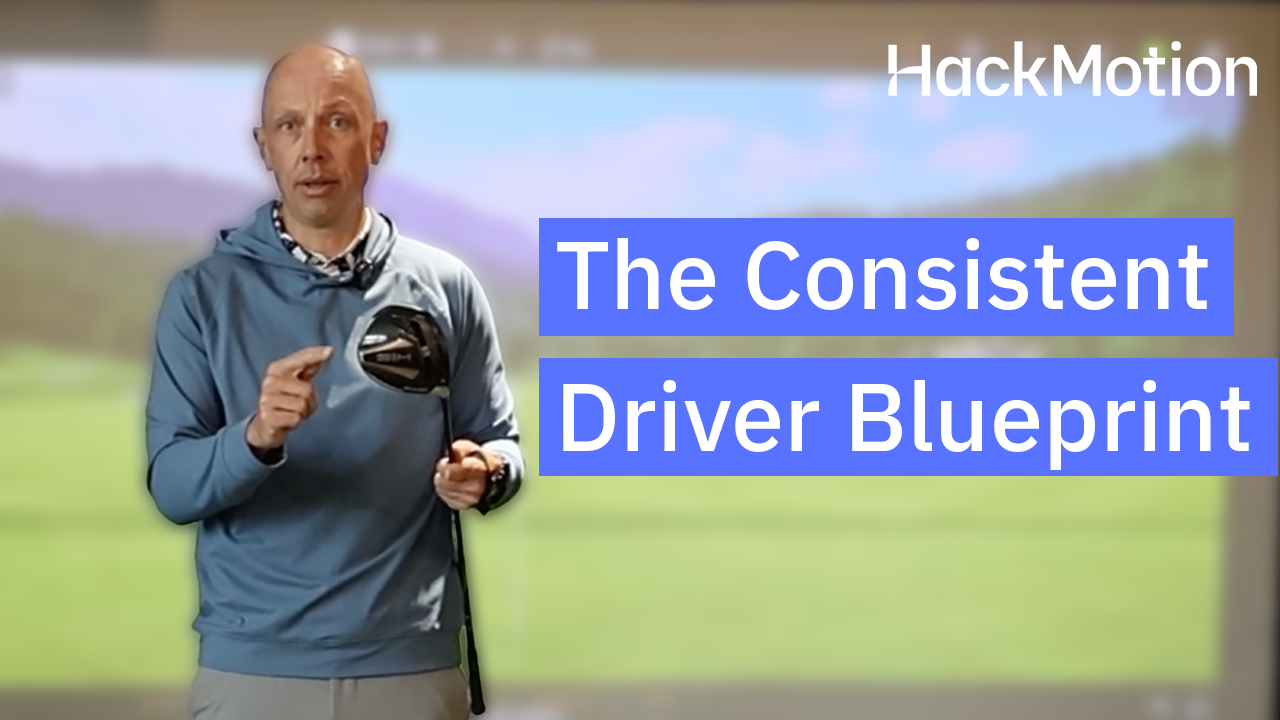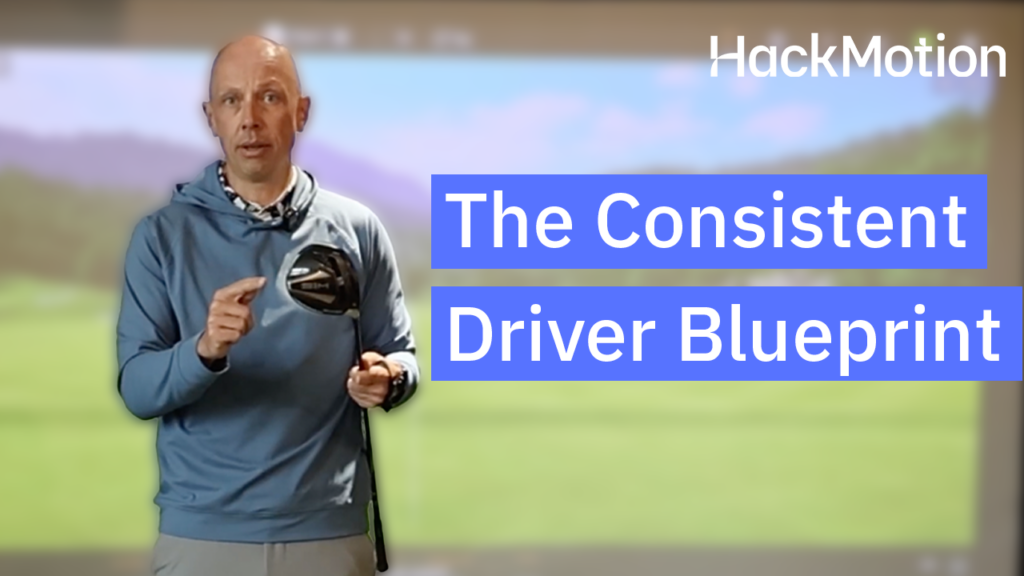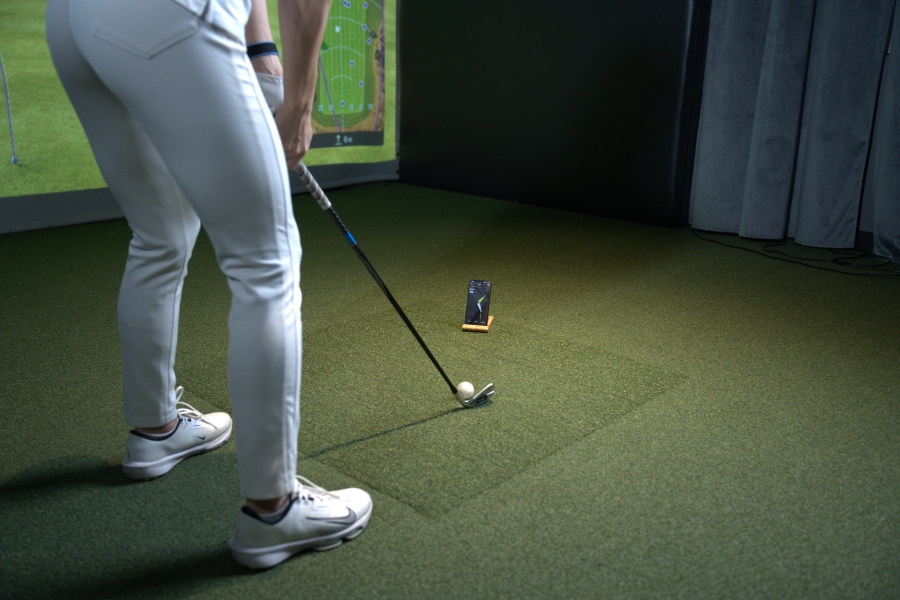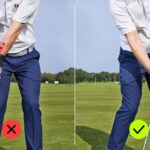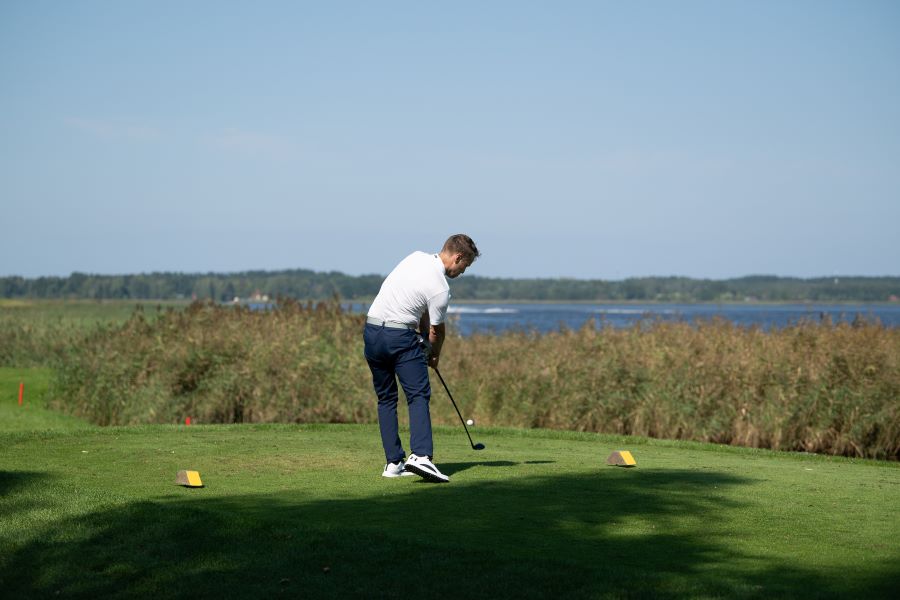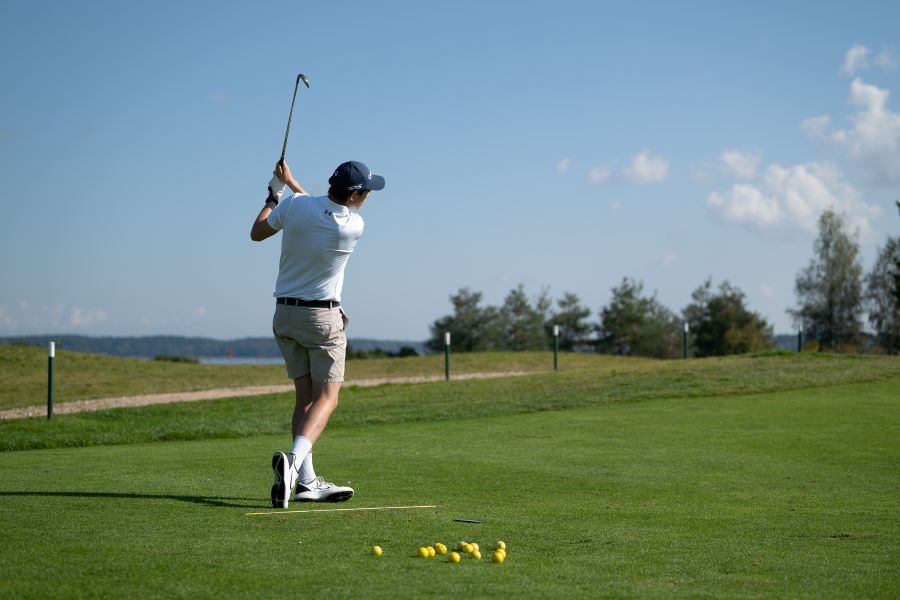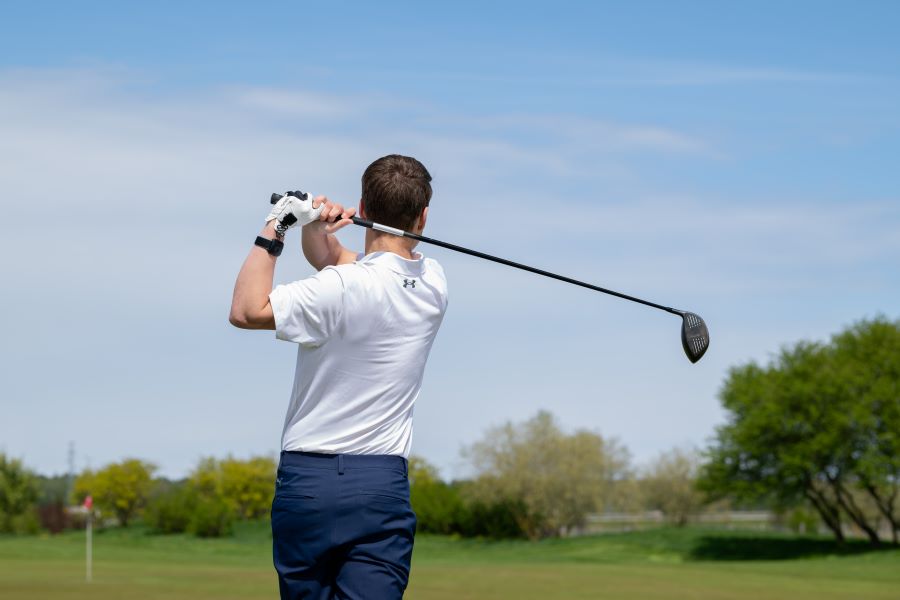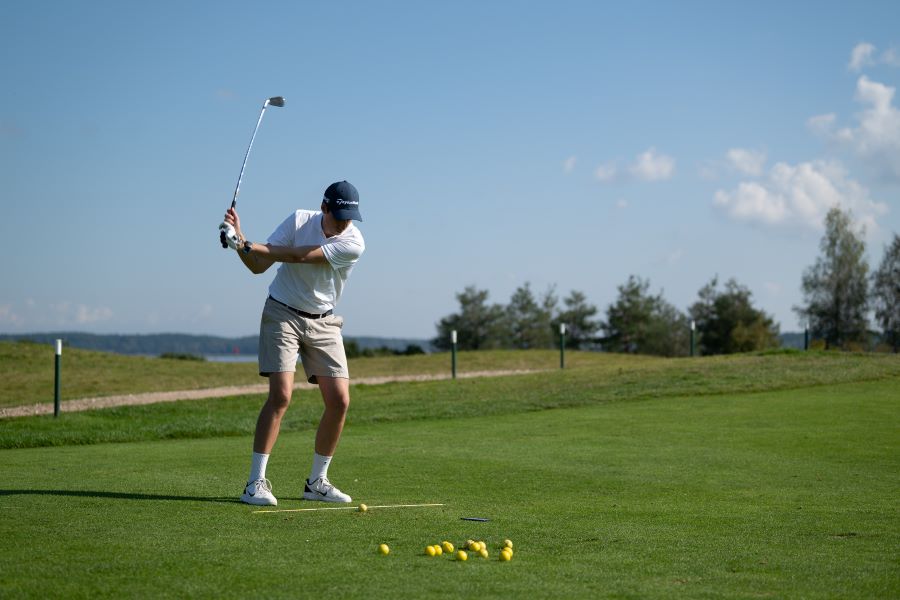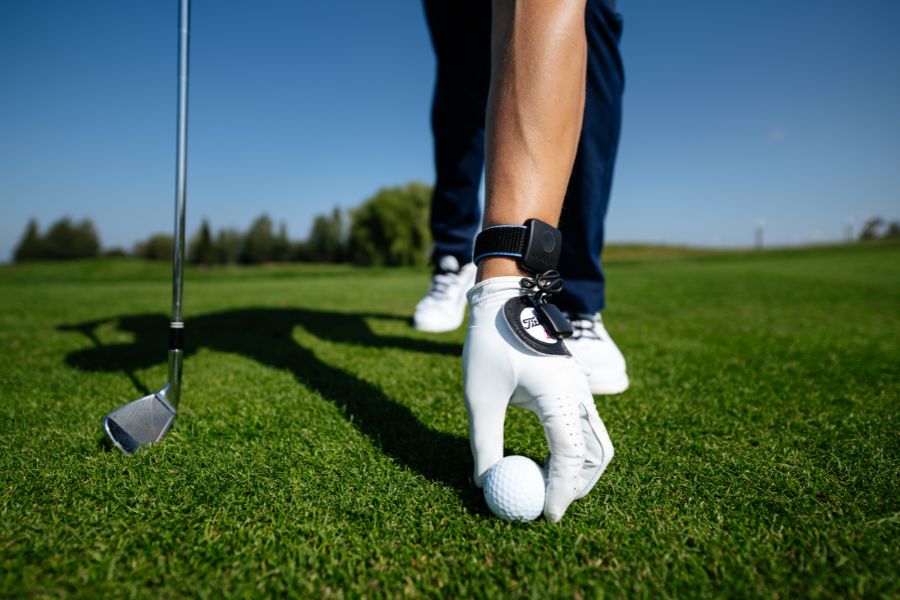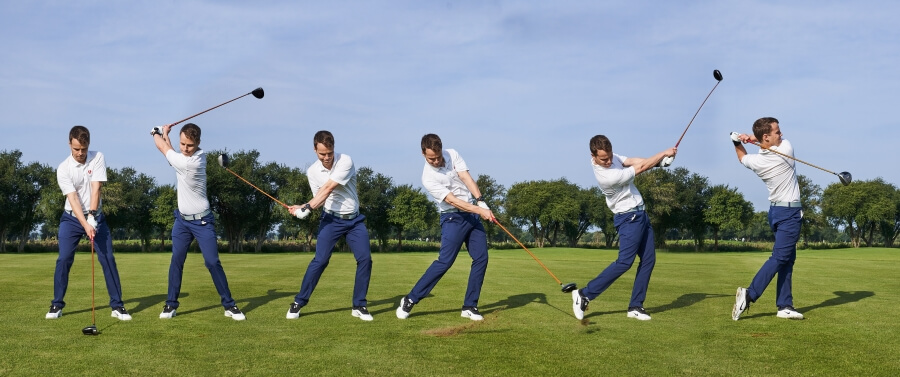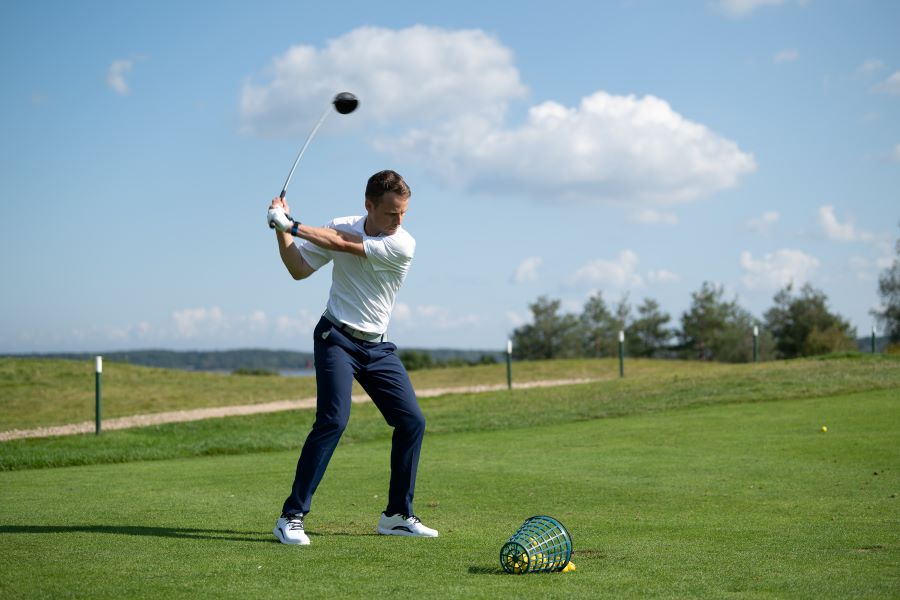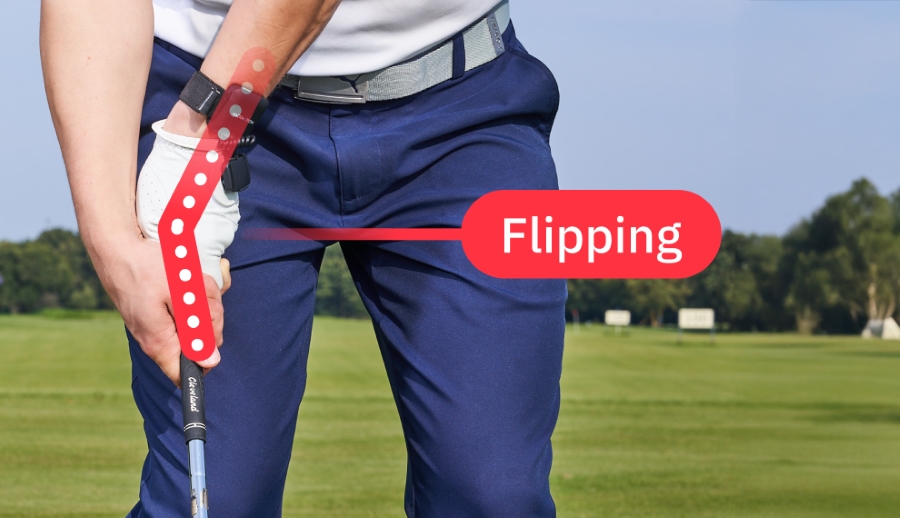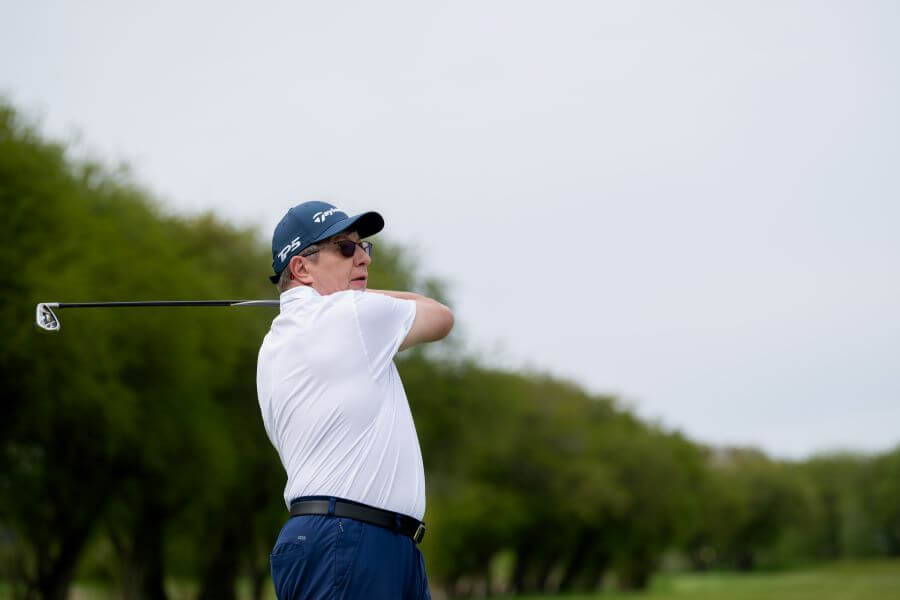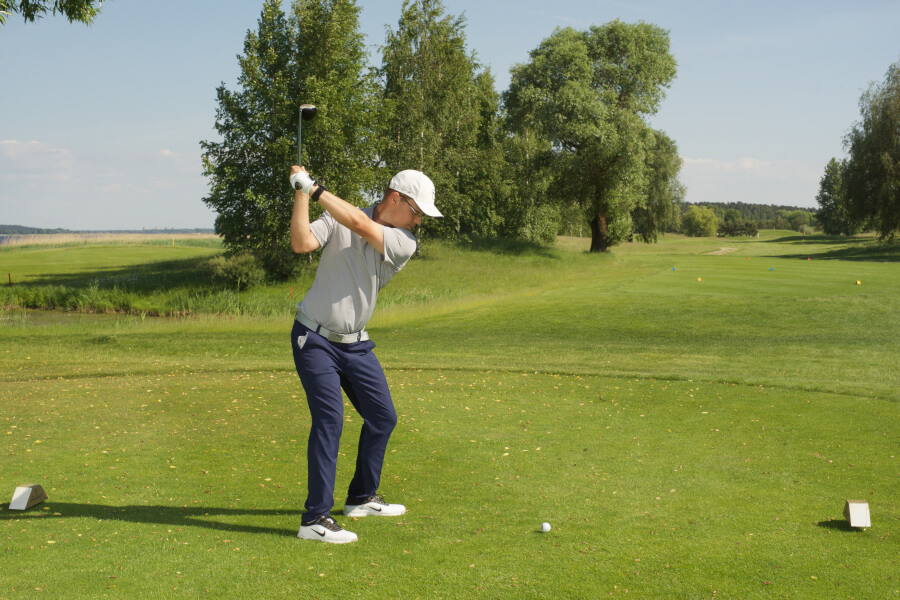Skying the Driver? Here’s Why It Happens and How to Fix It (Drills Included)
Anytime you hit your driver further up in the air than you did forward, it’s time to reevaluate what you are doing in your game.
Skying a drive is not like hitting the ball too high; it’s more about truly popping it up in the air and having it come back down. Sometimes, these drives only go 100 yards or even less, as they just go straight up.
The worst part of it is that sometimes these shots even result in a few scuff marks on the top of the driver clubhead – not something you want.
If you are ready to stop skying the driver, I’ll give you some basic fixes and explain why it’s happening so you can start hitting long, straight shots down the center of the fairway.
Skying the Driver (Key Takeaways)
If you don’t have time to go through the entire guide, here are a few important things to know about skying your driver and what you can do to fix it.
- Sometimes a skied drive is as simple as a ball that was teed too high. If you have the ball in the wrong spot and you don’t tee it high enough, you’ll end up with a shot that goes much too high.
- A steep swing, especially one where the lead wrist is extended at the top of the backswing, can cause these sky-high drives. Use your HackMotion to determine if the wrist angles are accurate and if they should be adjusted.
- Shallowing out your golf swing is a great way to hit straighter shots that end up with a lower ball flight and roll further down the center of the fairway.
Contents
Why Am I Skying My Driver?
A sky or a pop-up with the driver often happens when the tee is too high, but most likely, you have too steep a golf swing, causing the driver to strike more down on the golf ball instead of approaching it from a more shallow position.
Here are some reasons why you may sky your driver:
- Too much extension in the lead wrist leads to a steeper downswing and an incorrect angle of attack.
- Placing the ball too far forward in the stance.
- Not shifting your weight to the front foot at impact.
- Hitting down on the ball instead of swinging and catching it on the upswing.
- Not gaining shoulder and head position through impact.
How to Fix Skying the Driver
Skying the driver can usually be fixed with a few quick adjustments to the setup or the top of the backswing.
Once you get these worked out, you should still hit the ball high, except now it will also go far!
1. Check the Lead Wrist Position at the Top
At the top of your backswing, your lead wrist should be flat.
If it is extended or cupped, you are likely in a position that is too steep, with an open clubface. From here, you don’t have much to do but play catch-up.
To fix this, you can wear your HackMotion and set the audio feedback to alert you when the wrist position is out of place.
You’ll quickly see that getting the wrist to the correct spot means a shallower swing and a much better angle of attack.
From here, you won’t have to worry about skying the driver, and you may actually see some extra yardage because your lower body will be able to work more efficiently.
2. Adjust Tee Height
Most golf drivers are 460cc. This is a large clubhead, and teeing the ball high gives you the best chance for distance and proper ball flight.
However, if you’ve taken this too far and have a slightly steeper swing to begin with, you’ll pop the ball up.
Instead, you should adjust the tee height.
Start by lowering it so that only about half of the ball is above the top of the driver when you set up. If you lower the ball too much, you may miss the center of the face and get less yardage because of it.
3. Get the Ball Position Right
When you hit a driver, the ball position should be just inside the lead heel. Some golfers exaggerate this a bit, and they end up with a golf ball on the outside of the lead foot. This is a tough position to play from.
However, many golfers who sky the ball actually put the ball too far back in the stance.
Try moving your golf ball so it is just inside the lead heel, and see what it does to the flight of the ball.
Using a golf alignment stick can often help you see exactly where the ball is positioned and why it may feel off.
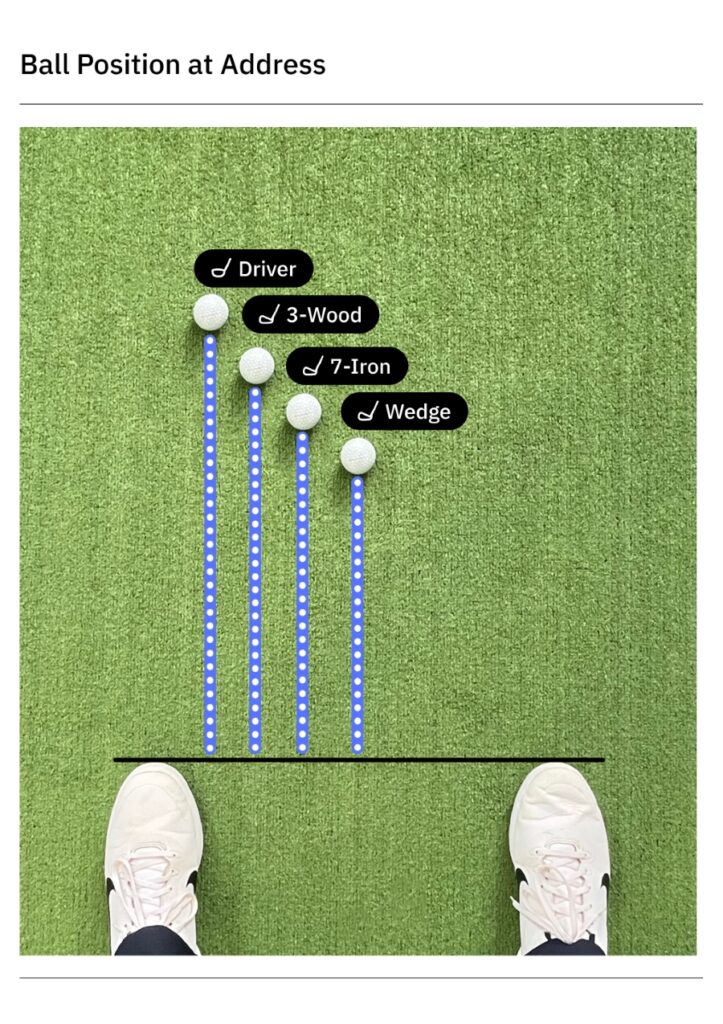
4. Shallow Out Your Golf Swing
If you have been working with your HackMotion to get the proper wrist angle at the top of the backswing, chances are you have already shallowed it out a bit. However, if you are still popping the ball up, you may need to shallow the swing a bit more.
When you set up to hit a driver take a look at the angle the shaft makes with the ground. This angle is not as steep as it is with a short iron or a wedge.
Therefore, the swing plane with the driver should not be as steep. The plane should follow this same shallow angle as you see at setup.
You can use golf alignment sticks in the ground to shallow out your golf swing. Here is a great drill to make it easier to feel the benefits of this shallow swing.
5. Get Your Weight to the Lead Foot while Your Body Stays Behind
If you are skying the driver, your weight is likely on your back foot when you are at impact.
This creates a slightly upward angle of attack that will not maximize distance. Take a look at the professionals and where they are at impact with a driver.
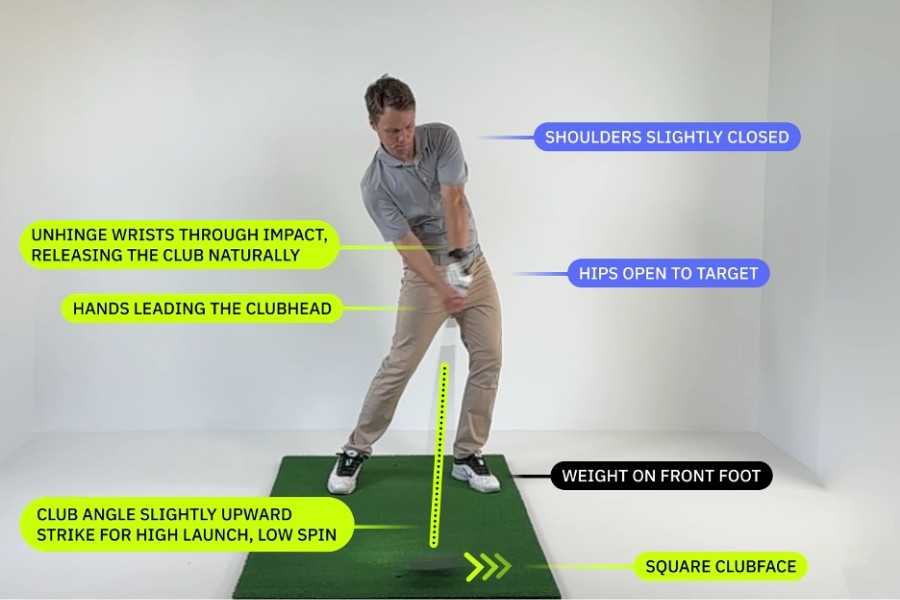
Their weight is almost all on the lead foot, and their heads are still behind the ball. This position is very powerful.
If your weight hangs back and your shoulders go forward, the chance of the ball going straight up in the air is much higher.
The best swing thought to have here is to start thinking about that weight transfer to the forward leg as soon as you reach the top of your backswing.
Let this be one of your thoughts that starts your downswing.
6. Move the Club Along the Ground Through Impact
If your driver is moving into the ground through impact, it could cause a pop up or a skyed drive. Instead, you want to have the concept of moving the driver along the ground.
I like to think of keeping the clubhead in the impact zone longer. If I’m swinging too steep or trying to hit down on the ball the club won’t be in the impact zone very long.
This concept is a quick one to learn and you can even practice a drill with a pool noodle to get better at it.
Drills to Stop Skying the Driver
If you still need help with these drivers popping up, here are a few more drills you can try.
Once you get that feeling of power, sweeping through the ball, and making contact on the upslope, it’s much easier to get your shots in the center of the fairway a long way from the tee box!
Trail-Foot-Back “Scheffler/Bowler” Drill
The Trail Foot Back drill helps to preset a bigger turn and helps you deliver speed while keeping the head behind the ball – promoting a shallow, upward strike instead of a steep pop-up.
Trail-Foot-Back Drill – Step by Step
- Take your normal driver setup.
- Pull your trail foot (right foot for right-handers) back 3–6 inches so the toes are slightly behind your lead heel line; add a touch of trail-foot flare.
- Make a big, patient backswing, feel your hands and the club travel farther around you.
- On the downswing, keep the trail foot “back” and the hips slightly closed a beat longer (think “bowling a ball” down the lane).
- Finish in balance. The ball should launch high without sky-marks.
HackMotion cue: At the top, keep the lead wrist ~flat (avoid excessive extension). Turn on audio feedback so any cupping triggers a beep, you’ll instantly feel how a flatter lead wrist makes the downswing shallower.
“Potential Power” Long Hand-Path Drill
A longer hand path means you have more time to shallow and sequence, making it easier to catch the ball on the upswing instead of chopping down and skying it.
“Potential Power” Long Hand-Path Drill – Step by Step
- Tee a ball and make three slow-motion rehearsals with extra width: wide takeaway, full shoulder turn, soft arms at the top.
- On the fourth swing, keep the width and let the hands travel farther around you—no rush from the top.
- Feel the club drop on plane, then release past the ball, don’t “hit at” it.
- Hit 5–10 balls with this same wide/long feel.
HackMotion cue: Set a checkpoint at P4 (top) for a neutral-to-slightly flexed lead wrist. If you hear the “extension” alert at the top, reset and make a wider, less hand-y backswing—your launch window will tighten fast.
“Hit the Tee, Not the Ball” Up-Strike Drill
This drill trains positive angle of attack and a longer, lower pass through impact, reducing steep contact that causes pop-ups.
Hit the Tee, Not the Ball Drill – Step by Step
- Stick a low tee in the ground ahead of the ball by ~1–2 inches (target side).
- Set up with the ball just inside the lead heel, head staying behind the ball.
- Make a smooth swing and brush the forward tee after striking the ball.
- If you’re chewing turf behind the ball or missing the forward tee, you’re still too steep—rehearse a few slow swings, then try again.
HackMotion cue: During the last third of the downswing, avoid late lead-wrist extension (cupping). If the audio beeps just before impact, your face is opening and the handle is dumping—hold that neutral/flexed feel to keep the strike up and out, not down and across.
Final Thoughts
At this point, you should have all the tips you need to stop skying the driver. Work on bringing your ball flight down by using the proper angle of attack, correct wrist angles, and ideal ball position.
You’ll be hitting long and straight drives in no time without having to fear popping it up.
Wear your HackMotion during practice sessions so you can see the progress you are making with your wrist position.
